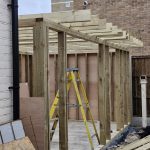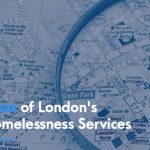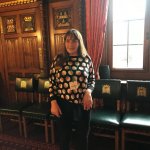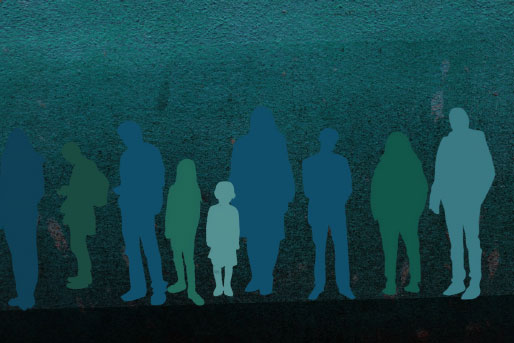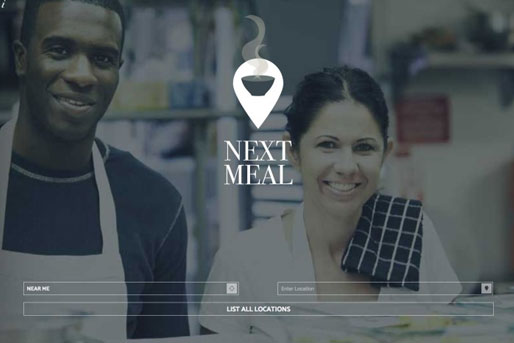
The new LHF Atlas of London’s homelessness services was launched on 28th January 2019. This initial launch was the culmination of several months of work on the development of the maps for the site using Tableau, data collection, website design and user testing.
The new Atlas, delivered by the LHF in partnership with Homeless Link, is an interactive website that allows people to view services and statistics across London, in a specific borough or at a multi-borough level. Commissioners and policy makers will now be able to see in real time what services are available and the latest statistics on rough sleeping.
The research carried out for the launch showed the following about the sector in London:
Headline figures on rough sleeping
- Figures from CHAIN shows that just under 7,484 people were contacted rough sleeping by outreach teams across the whole period 2017/18. The single night official ‘street counts and estimates’ found that 1,137 were sleeping rough on a single night in London in 2017.
Taking stock of service provision
- The Atlas reveals that there are nearly 9,000 accommodation bed spaces for single homeless people in London.
- Five boroughs have over 500 bed spaces; Westminster, Tower Hamlets, Camden, Waltham Forest and Islington. While Waltham Forest does not have correspondingly high rough sleeping levels, a large YMCA is situated just within the borough boundary.
- The lowest numbers of bed spaces were in outer borough locations including Bexley and Merton.
The diversity of organisations
- The data compiled shows that there are 122 organisations providing single homelessness services in London. A great many services in London are not part of a larger organisation but rather ‘stand-alone’ or ‘independent’ services that don’t have other projects in London.
- The most common provider (in terms of the number of services) is St Mungo’s, followed by Centrepoint and Look Ahead Care and Support.
The breadth of the sector
The Atlas provides information on wide ranging services from the first response to rough sleeping, outreach teams, Assessment Centres and Day Centres to the number of Clearing House units per borough. A few key findings on selected services are below:
Outreach
- 20 boroughs commission a local service to provide the street outreach for rough sleepers in their area. Eight boroughs rely on the GLA commissioned London Street Rescue (LSR) service for street outreach. Three boroughs contribute additional funds to the LSR service to boost provision in their area and two areas have their own outreach service and also utilise LSR.
- Thames Reach are commissioned to provide London Street Rescue. St Mungo’s is the largest provider of outreach services in London, providing many of the locally commissioned teams
Pan-London assessment centres and winter shelters
- Since 2011 pan-London assessment centres have provided an integral part of the rapid response to rough sleeping in London. The Atlas shows that in 2019 there are three No Second Night Out Assessment Hubs as well as several ‘staging posts’ which provide emergency shelter and assessment. Together these services provide up to 187 spaces for people who have been contacted sleeping rough by outreach teams in London. St Mungo’s is commissioned by the GLA to provide these services.
- Data collection from night shelters and winter shelters found that winter shelters provide nearly 600 bed spaces when they are all in operation
Clearing House
- The Clearing House provides social rented housing provided by over 40 social landlords to over 3,700 people at any one time. Most tenants receive support from the Tenancy Sustainment Teams commissioned by the GLA and provided by St Mungo’s and Thames Reach.
Housing First
- The first Housing First project in England was the Camden pilot project, which started in in 2010. In late 2018 our data collection showed Housing First services operating in ten London boroughs.
Each year we will undertake a full refresh of the data and in the interim additions, corrections and improvements can be made to the live site. Developments to the site will also be undertaken over time for example adding new maps and datasets. We are also looking to expand the Atlas for use by frontline staff and others such as elected members.
Following each annual data refresh the LHF will provide selected Insights. This first Insights commentary highlights some of the ‘key findings’ from the Atlas 2019. The commentary is grounded in the facts and figures from the Atlas.
To see a video illustrating the new Atlas go to https://youtu.be/8JX0jruRXS4. To access the Atlas go to www.lhfatlas.org.uk.
